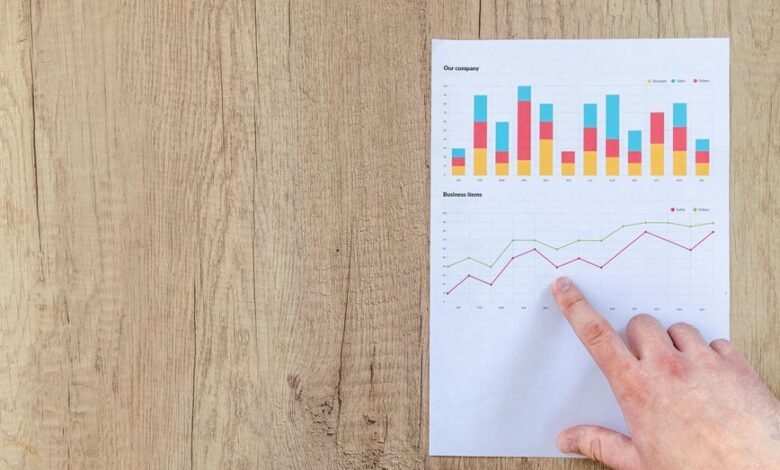882092040 Callback Probability Benchmark

The 882092040 Callback Probability Benchmark serves as a critical tool for organizations aiming to refine their outreach strategies. It systematically evaluates factors that impact callback rates, such as timing and communication methods. By adhering to this benchmark, organizations can identify inefficiencies and improve engagement with their target demographics. However, understanding the nuances of this benchmark is essential for maximizing its potential benefits and addressing the underlying challenges in callback success.
Understanding the 882092040 Callback Probability Benchmark
The 882092040 Callback Probability Benchmark serves as a critical metric for evaluating the likelihood of successful callbacks in various operational contexts.
This benchmark aligns with industry standards, providing a reliable framework for assessing callback metrics.
Factors Influencing Callback Rates
Although various factors can significantly impact callback rates, understanding these influences is essential for organizations aiming to enhance their operational efficiencies.
Key elements include callback timing, which affects audience engagement, and the relevance of the communication strategy employed.
Benefits of Utilizing the Benchmark
Utilizing a callback probability benchmark offers organizations a structured framework to evaluate and enhance their communication strategies.
The benchmark advantages include improved callback efficiency through data-driven insights, allowing for targeted adjustments in outreach methods.
This analytical approach enables organizations to identify performance gaps, optimize resource allocation, and ultimately increase their success rates in connecting with clients, fostering more effective engagement.
Strategies for Improving Callback Success
Enhancing callback success necessitates a strategic approach grounded in data analysis and targeted communication practices.
Implementing effective callback techniques involves analyzing previous interactions to identify optimal timing and channels. Concurrently, refining messaging strategies ensures clarity and relevance, tailoring content to the audience’s needs.
This dual focus fosters engagement, ultimately increasing the likelihood of successful callbacks and reinforcing a connection with the target demographic.
Conclusion
In conclusion, the 882092040 Callback Probability Benchmark serves as a critical compass for organizations navigating the complexities of callback success. By meticulously analyzing the myriad factors that influence callback rates, organizations can not only pinpoint inefficiencies but also chart a course toward enhanced engagement. Ultimately, leveraging this benchmark transforms the daunting task of outreach into a structured endeavor, underscoring the adage that what gets measured truly gets managed, leading to improved operational outcomes and greater audience connection.




